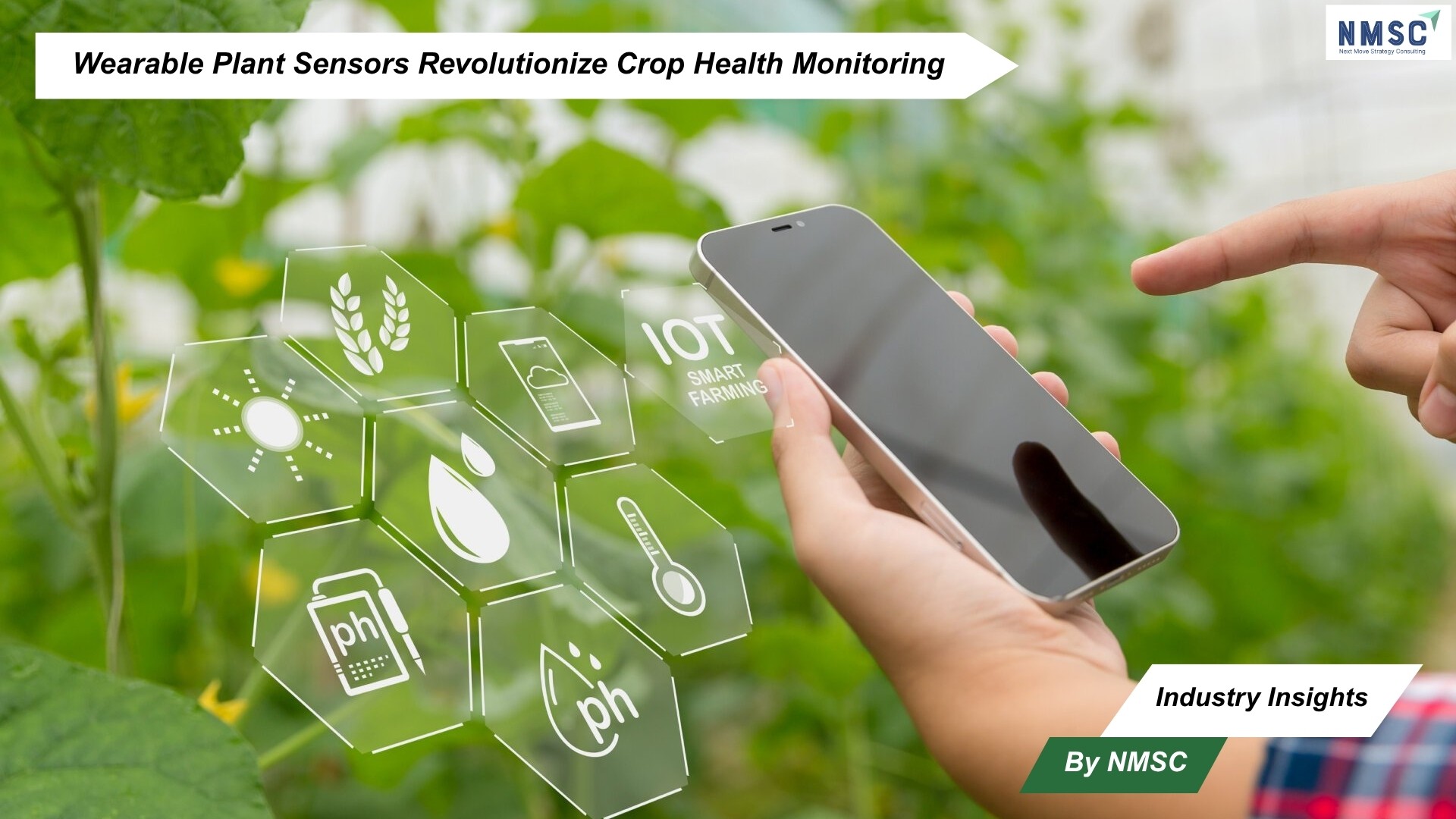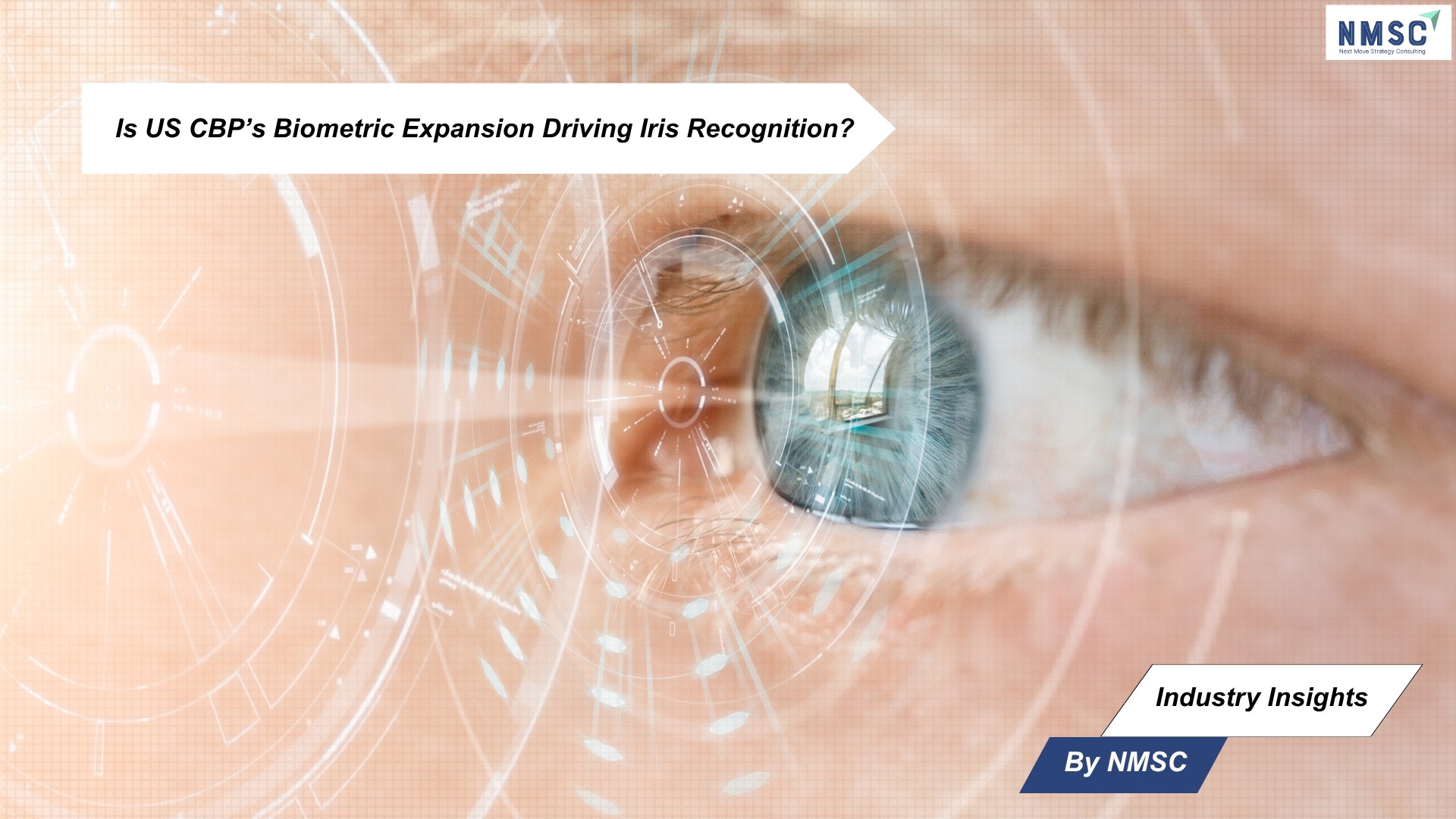Wearable Plant Sensors Revolutionize Crop Health Monitoring
Published: 2025-08-05

Industry Insights from Next Move Strategy Consulting
Plant stress can hinder health and growth, an inconvenience for your indoor monstera but potentially devastating for agricultural crops. A newly developed wearable sensor for plants is designed to detect stress signals in real time, allowing growers to take timely action and prevent major losses.
Transforming Traditional Plant Health Assessment
Just like humans, plants also experience stress—but unlike us, they cannot move away when conditions become harsh. Their stress often reveals itself through symptoms like wilting, leaf discoloration or shedding, and inhibited growth. Common triggers include pests, drought, extreme temperatures, and infections.
Early detection is key when it comes to plant stress, but there are still gaps in developing accurate and affordable solutions. To tackle this, researchers at Iowa State University recently introduced a wearable hydrogel patch for plants, detailed in ACS Sensors. The patch acts as an electrochemical sensor that attaches directly to live leaves and monitors hydrogen peroxide (H2O2), a key distress molecule plants produce when their normal functions are disrupted. In nature, H2O2 helps cells signal each other to trigger defense responses, but it can also harm proteins, lipids, and DNA. Detecting it early allows growers to adjust care strategies before significant damage occurs. Previous methods for detecting H2O2 involved removing plant tissues and multiple complex steps, making them impractical. This new sensor uses microneedle arrays to monitor H2O2 levels in real time, especially during biotic stress.
Key Features and Capabilities of the New Plant Stress Sensor
-
Developed using a microneedle array composed of a biohydrogel layer made from chitosan (a natural biopolymer) and reduced graphene oxide, functionalized with horseradish peroxidase.
-
Combines biocompatibility, hydrophilicity, porosity, and efficient electron transfer—ideal characteristics for an electrochemical sensor.
-
Detects hydrogen peroxide (H₂O₂) through the enzyme's catalytic reaction, without requiring removal of plant tissue.
-
Can be used to:
-
Monitor extracted plant solutions, or
-
Be directly attached to a leaf using microneedles.
-
-
Produces results in about one minute, enabling real-time detection.
-
Successfully evaluated for H₂O₂ detection after inoculation with bacterial pathogens.
-
Validated against standard assays to confirm accuracy.
-
Demonstrates strong potential as a portable, low-cost device for on-site monitoring of reactive oxygen species and early signs of plant stress.
Toward Precision Agriculture: The Promise of Miniaturized Pathogen-Specific Plant Sensors
Another promising direction is the development of miniaturized sensors capable of detecting specific plant pathogens. Advances in this area have enabled researchers to differentiate between infected and healthy plants while quickly measuring viral loads. One such sensor, described in ACS Sensors, uses molecularly imprinted polymer (MIP) technology built on polypyrrole, a conductive organic polymer. When bean pod mottle virus is present, the sensor forms nanocavities in the porous polypyrrole, revealing the virus’s spatial distribution and concentration across various leaves.
As plant sensor technology advances, researchers are beginning to emphasize parameters such as accuracy, specificity, and sensitivity, along with affordability and ease of use. While not all current sensors meet these criteria, integrating these features could support real-world precision agriculture, where efficient resource use and early stress detection are critical to maximizing crop yield.
Conclusion
The convergence of biotechnology, nanomaterials, and electronics has opened new avenues for transforming how we monitor plant health. From detecting stress-indicating molecules like hydrogen peroxide to identifying specific plant pathogens, wearable plant sensors are proving to be pivotal tools in proactive crop management. These innovations not only enable early intervention but also contribute to more sustainable and precise farming practices. As adoption grows and technology matures, the wearable plant sensors market is poised to become a cornerstone of next-generation agriculture, driving efficiency, resilience, and productivity across global farming systems.
Source: https://axial.acs.org/
Prepared by: Next Move Strategy Consulting














Add Comment